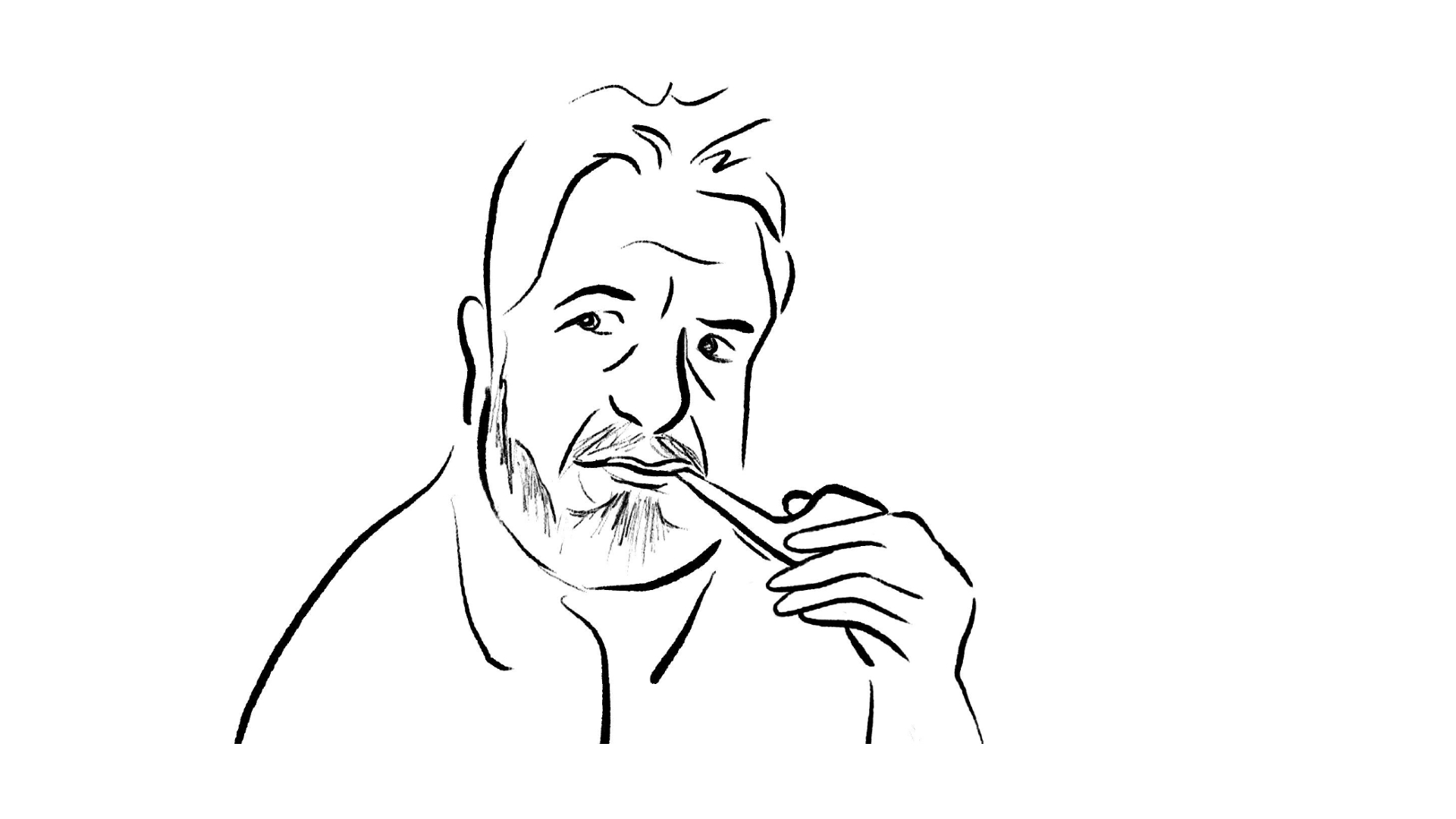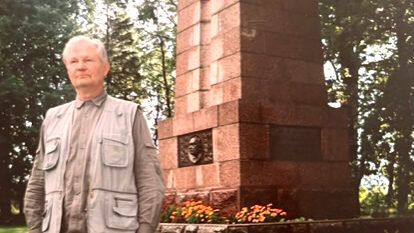This writer was born during the first Soviet occupation. Thus I was just three and a half in September 1944. However, some moments of our departure from Hiiumaa in a small sailboat are still in vivid memory. Others segments have been patched together from my parents’ stories, repeated over the years.
After a rough two-day passage over the Baltic Sea, we landed in Sweden and were placed at a refugee centre in the gym of a Stockholm high school. Some 100 families were thus given their own space within sheets hung as walls from ropes criss-crossing the gym.
No grumblings or complaints from any who had been able to flee from foreign soldiers, known for their unrepentant brutality. My parents found out much later that our family home, a large building beside Käina’s town hall, was destroyed by explosives, detonated by the Red Army some days after we left. It had been a meeting place for the local self-defence forces.
That fall 78 eight years ago was especially significant in understanding the desperation and plight of Ukrainian refugees searching for shelter and a welcoming community in Europe, in fact all over the world. The Swedes in 1944 instantly extended a compassionate hand to us, help without any contingencies. We were located in refugee centres for a few months, compared to the thousands in war-ravaged Germany who had endured in camps for some years.
Become a subscriber to continue reading!
Every week we bring you news from the community and exclusive columns. We're relying on your support to keep going and invite you to subscribe.
Starting from $2.30 per week.




